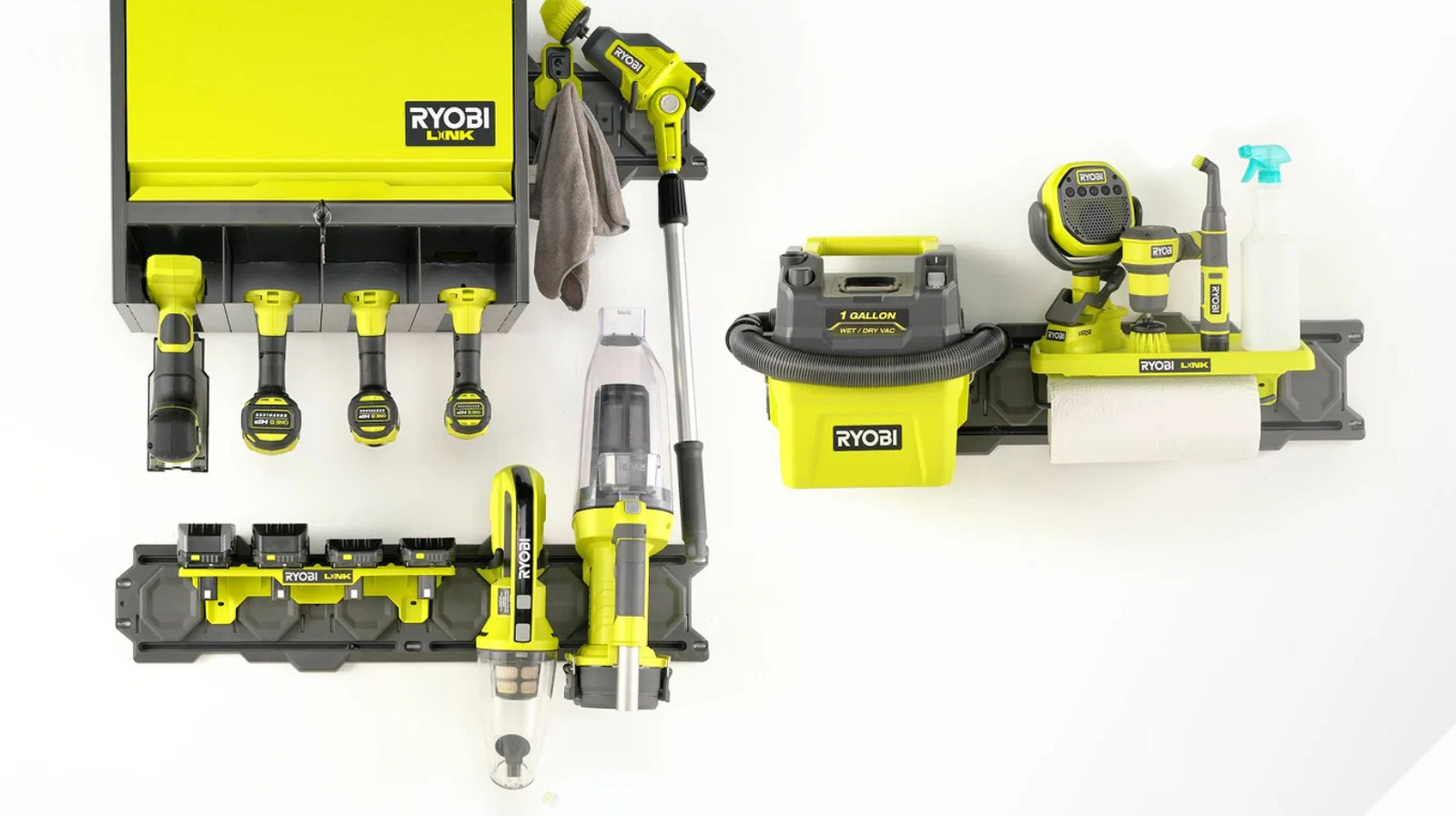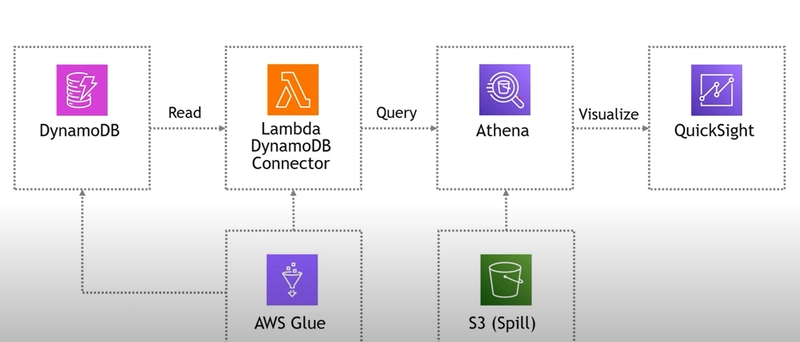Creating a High-Performance REST API With Fastify and PostgreSQL
Creating a High-Performance REST API With Fastify and PostgreSQL When building scalable back-end services in Node.js, Fastify offers blazing-fast HTTP performance with a developer-friendly interface. In this guide, we’ll build a simple REST API connected to a PostgreSQL database using pg. Why Fastify? Fastify is a modern web framework for Node.js that prioritizes performance and low overhead. It supports JSON Schema validation, automatic Swagger documentation, hooks, and more. Step 1: Initialize Your Project npm init -y npm install fastify pg fastify-plugin Step 2: Set Up Fastify and Register the Database // db.js const fp = require('fastify-plugin'); const { Pool } = require('pg'); async function dbConnector(fastify, options) { const pool = new Pool({ user: 'postgres', host: 'localhost', database: 'fastifydb', password: 'password', port: 5432, }); fastify.decorate('pg', pool); } module.exports = fp(dbConnector); Step 3: Define the API Routes // routes/user.js async function userRoutes(fastify, options) { fastify.get('/users', async (request, reply) => { const result = await fastify.pg.query('SELECT * FROM users'); return result.rows; }); fastify.post('/users', async (request, reply) => { const { name, email } = request.body; const result = await fastify.pg.query( 'INSERT INTO users (name, email) VALUES ($1, $2) RETURNING *', [name, email] ); return result.rows[0]; }); } module.exports = userRoutes; Step 4: Start the Server // index.js const fastify = require('fastify')({ logger: true }); const dbConnector = require('./db'); const userRoutes = require('./routes/user'); fastify.register(dbConnector); fastify.register(userRoutes); const start = async () => { try { await fastify.listen({ port: 3000 }); } catch (err) { fastify.log.error(err); process.exit(1); } }; start(); Step 5: Test Your API Make sure PostgreSQL is running and a users table exists. You can now test endpoints using tools like Postman or cURL: curl http://localhost:3000/users Conclusion Fastify is a fantastic choice for building REST APIs in Node.js when speed and scalability are critical. Pairing it with PostgreSQL provides a powerful, production-ready backend stack. If this post helped you, consider supporting me: buymeacoffee.com/hexshift

Creating a High-Performance REST API With Fastify and PostgreSQL
When building scalable back-end services in Node.js, Fastify offers blazing-fast HTTP performance with a developer-friendly interface. In this guide, we’ll build a simple REST API connected to a PostgreSQL database using pg.
Why Fastify?
Fastify is a modern web framework for Node.js that prioritizes performance and low overhead. It supports JSON Schema validation, automatic Swagger documentation, hooks, and more.
Step 1: Initialize Your Project
npm init -y
npm install fastify pg fastify-pluginStep 2: Set Up Fastify and Register the Database
// db.js
const fp = require('fastify-plugin');
const { Pool } = require('pg');
async function dbConnector(fastify, options) {
const pool = new Pool({
user: 'postgres',
host: 'localhost',
database: 'fastifydb',
password: 'password',
port: 5432,
});
fastify.decorate('pg', pool);
}
module.exports = fp(dbConnector);Step 3: Define the API Routes
// routes/user.js
async function userRoutes(fastify, options) {
fastify.get('/users', async (request, reply) => {
const result = await fastify.pg.query('SELECT * FROM users');
return result.rows;
});
fastify.post('/users', async (request, reply) => {
const { name, email } = request.body;
const result = await fastify.pg.query(
'INSERT INTO users (name, email) VALUES ($1, $2) RETURNING *',
[name, email]
);
return result.rows[0];
});
}
module.exports = userRoutes;Step 4: Start the Server
// index.js
const fastify = require('fastify')({ logger: true });
const dbConnector = require('./db');
const userRoutes = require('./routes/user');
fastify.register(dbConnector);
fastify.register(userRoutes);
const start = async () => {
try {
await fastify.listen({ port: 3000 });
} catch (err) {
fastify.log.error(err);
process.exit(1);
}
};
start();Step 5: Test Your API
Make sure PostgreSQL is running and a users table exists. You can now test endpoints using tools like Postman or cURL:
curl http://localhost:3000/usersConclusion
Fastify is a fantastic choice for building REST APIs in Node.js when speed and scalability are critical. Pairing it with PostgreSQL provides a powerful, production-ready backend stack.
If this post helped you, consider supporting me: buymeacoffee.com/hexshift


.jpg)

























![[Webinar] AI Is Already Inside Your SaaS Stack — Learn How to Prevent the Next Silent Breach](https://blogger.googleusercontent.com/img/b/R29vZ2xl/AVvXsEiOWn65wd33dg2uO99NrtKbpYLfcepwOLidQDMls0HXKlA91k6HURluRA4WXgJRAZldEe1VReMQZyyYt1PgnoAn5JPpILsWlXIzmrBSs_TBoyPwO7hZrWouBg2-O3mdeoeSGY-l9_bsZB7vbpKjTSvG93zNytjxgTaMPqo9iq9Z5pGa05CJOs9uXpwHFT4/s1600/ai-cyber.jpg?#)












































































































































![[The AI Show Episode 144]: ChatGPT’s New Memory, Shopify CEO’s Leaked “AI First” Memo, Google Cloud Next Releases, o3 and o4-mini Coming Soon & Llama 4’s Rocky Launch](https://www.marketingaiinstitute.com/hubfs/ep%20144%20cover.png)





























































































































![[FREE EBOOKS] Machine Learning Hero, AI-Assisted Programming for Web and Machine Learning & Four More Best Selling Titles](https://www.javacodegeeks.com/wp-content/uploads/2012/12/jcg-logo.jpg)








































































![Rogue Company Elite tier list of best characters [April 2025]](https://media.pocketgamer.com/artwork/na-33136-1657102075/rogue-company-ios-android-tier-cover.jpg?#)








































































_Andreas_Prott_Alamy.jpg?width=1280&auto=webp&quality=80&disable=upscale#)






























































































![What’s new in Android’s April 2025 Google System Updates [U: 4/18]](https://i0.wp.com/9to5google.com/wp-content/uploads/sites/4/2025/01/google-play-services-3.jpg?resize=1200%2C628&quality=82&strip=all&ssl=1)










![Apple Watch Series 10 Back On Sale for $299! [Lowest Price Ever]](https://www.iclarified.com/images/news/96657/96657/96657-640.jpg)
![EU Postpones Apple App Store Fines Amid Tariff Negotiations [Report]](https://www.iclarified.com/images/news/97068/97068/97068-640.jpg)
![Apple Slips to Fifth in China's Smartphone Market with 9% Decline [Report]](https://www.iclarified.com/images/news/97065/97065/97065-640.jpg)
































































































































